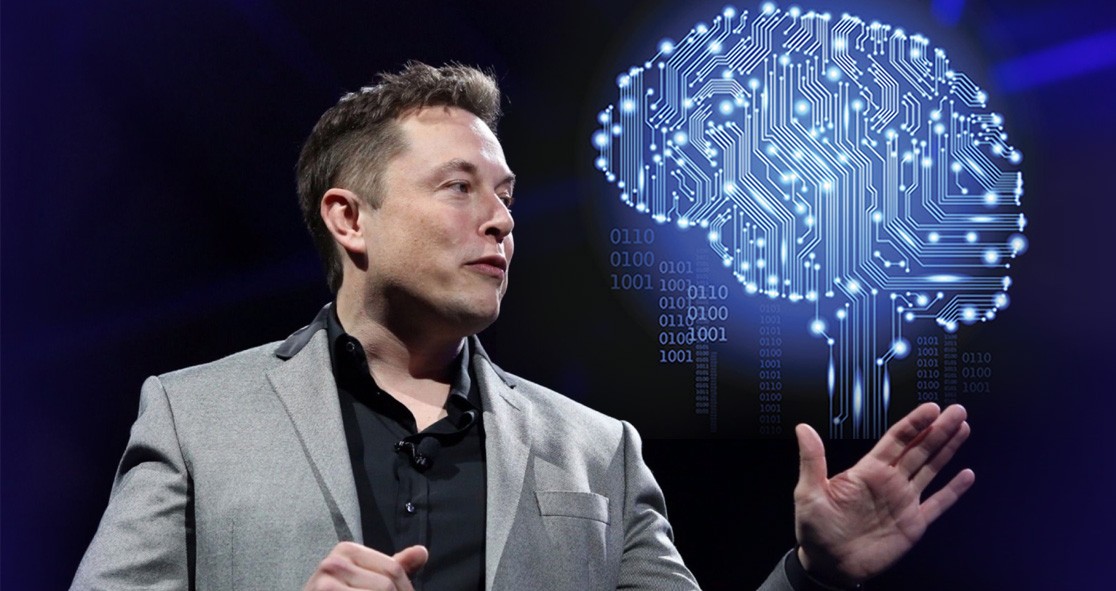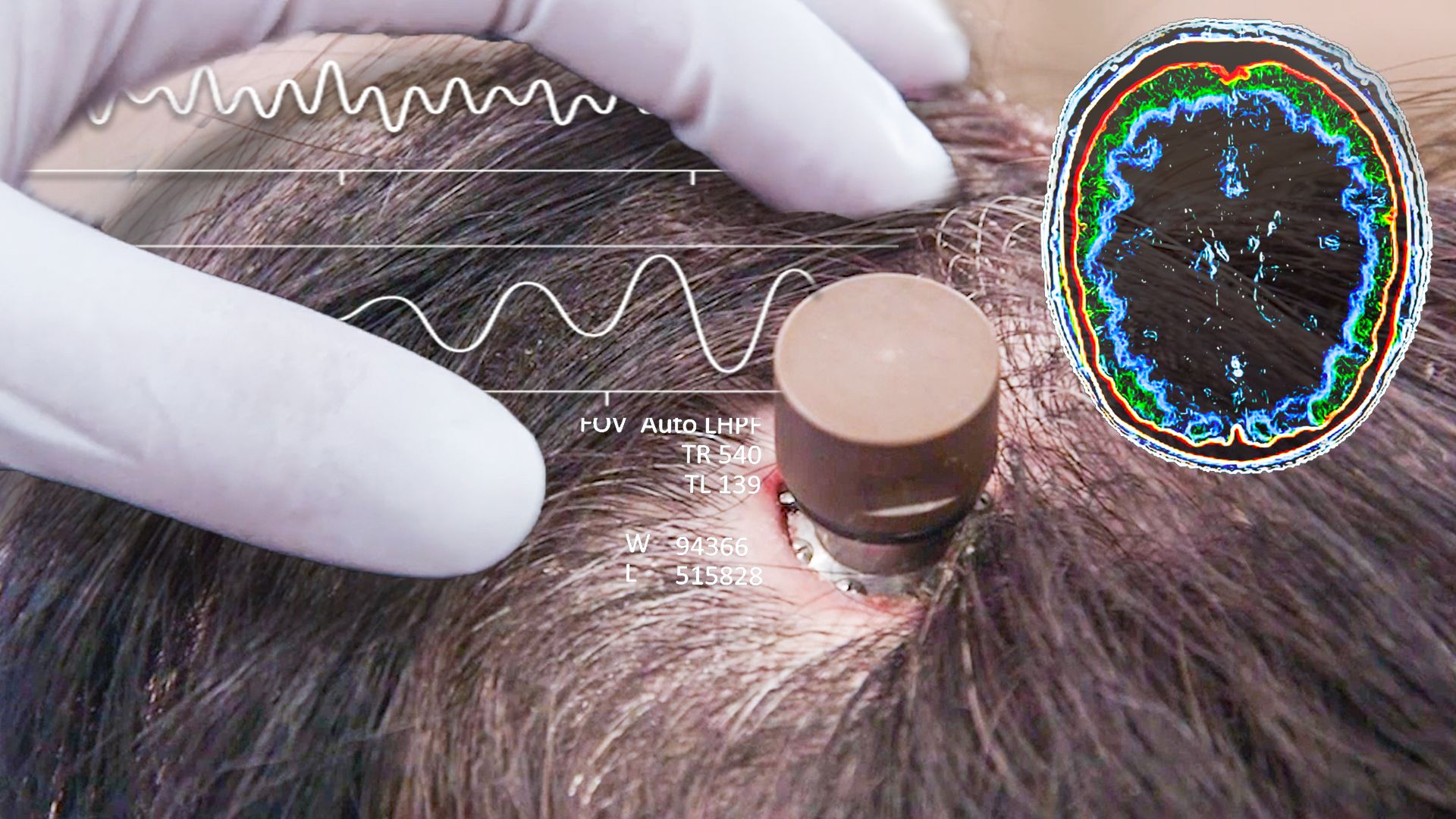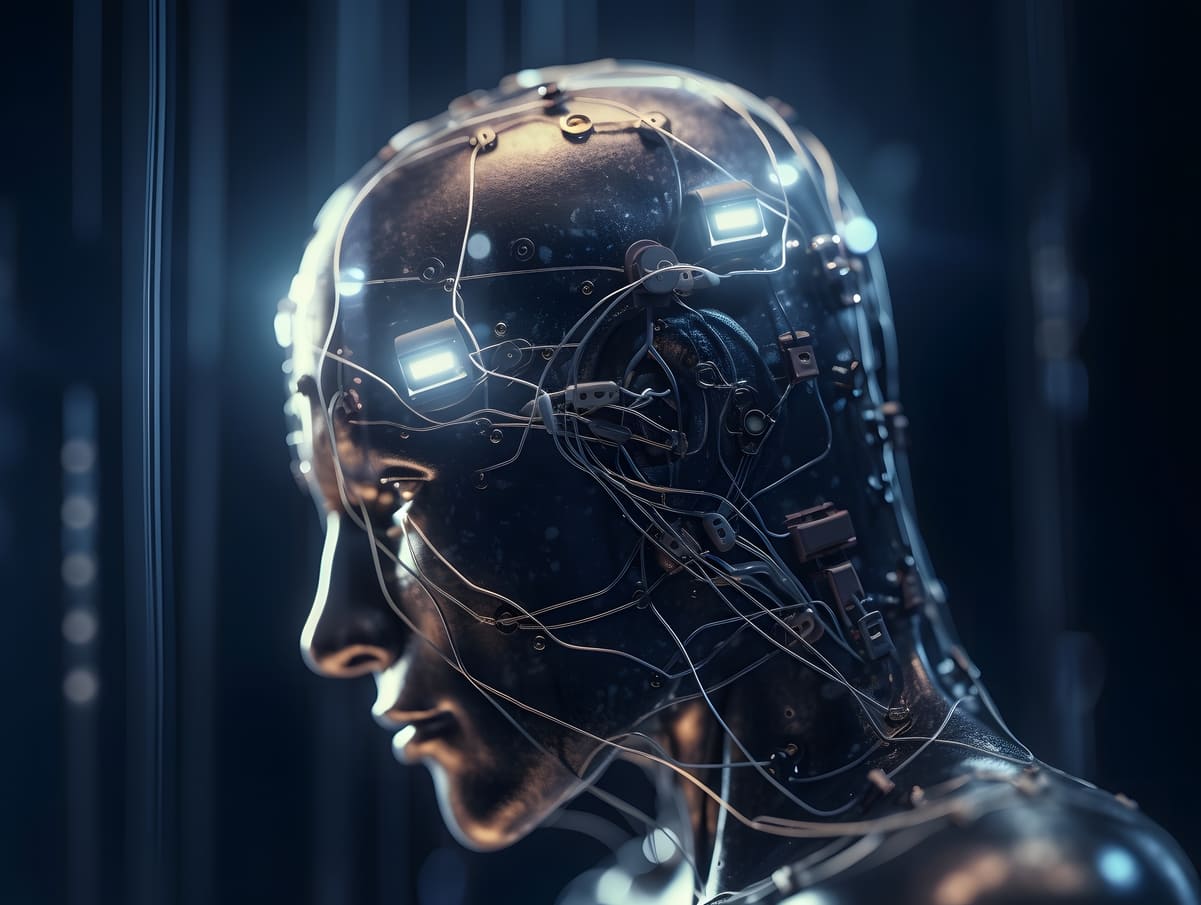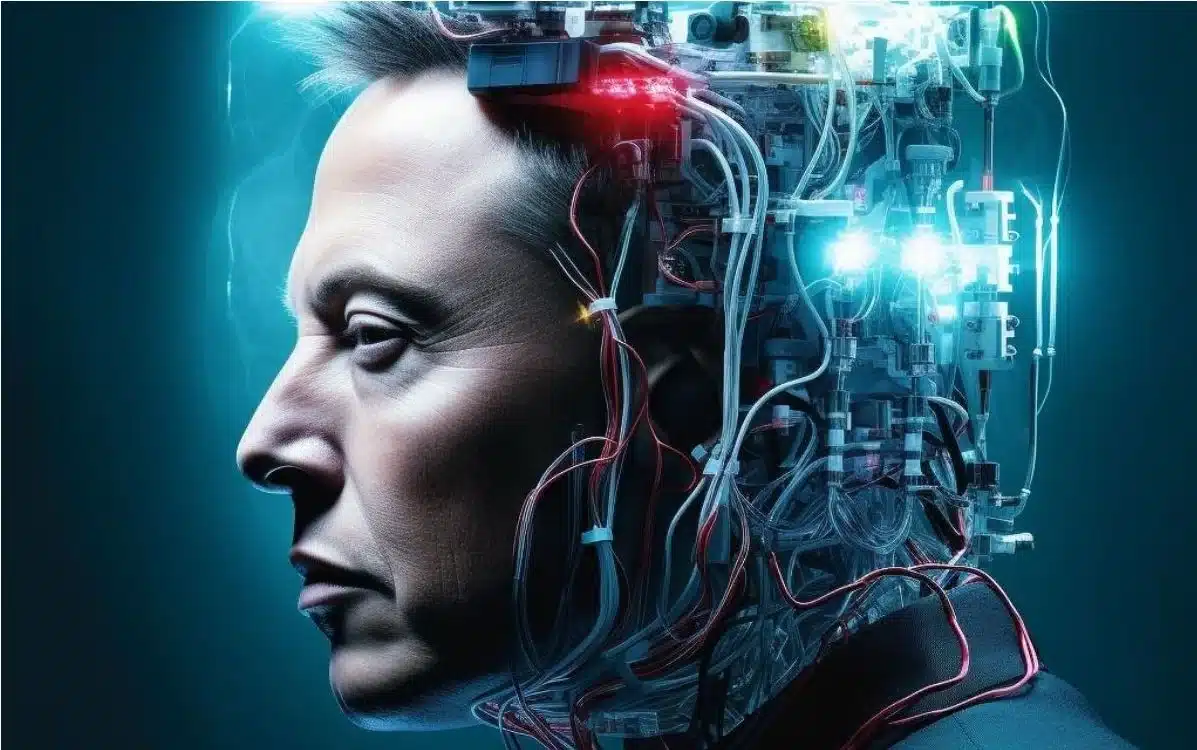In a groundbreaking move, tech visionary Elon Musk has revealed that the first human to receive a Neuralink cybernetic implant is “recovering well” after the procedure. Musk shared the exciting news on X, stating that the initial results demonstrate promising neuron spike detection.
A Leap into the Future

Neuralink, a brain-computer interface (BCI) company founded by Elon Musk, aims to revolutionize the way we interact with technology. The Neuralink BCI, referred to as Telepathy by Musk, holds the promise of enabling individuals to control computers or mobile devices wirelessly, simply by thinking about it.
Approvals and Milestones
This significant achievement follows Neuralink’s announcement in May that it had received approval from the Food and Drug Administration (FDA) to implant brain chips into humans. The company’s dedication to advancing the technology led to another milestone in September – approval to recruit participants for the first-in-human clinical trial of its wireless BCI.
The Vision of Telepathy
Elon Musk envisions a future where individuals with paralysis can regain control over their lives using just their thoughts. Describing the goal, Musk said, “Imagine if Stephen Hawking could communicate faster than a speed typist or auctioneer. That is the goal.” Telepathy, powered by the Neuralink implant, seeks to make this vision a reality.
The Surgical Process

The surgical procedure involves a specialized robot designed to embed the Neuralink implant, consisting of 64 ultra-thin flexible connected threads and 1,024 electrodes for recording neural activity. The robot, equipped with five built-in camera systems and using optical coherence tomography for imaging, delicately places the implant into the brain region controlling movement intention. The implant records and transmits brain signals wirelessly to an app, decoding movement intentions seamlessly.
Understanding Neuralink’s Brain Chip
The N1 implant, as Musk names it, incorporates multiple chips, a wireless battery, and other electronics, all hermetically sealed within a device about the size of a large coin. Ultra-thin threads protrude from the implant, directly interfacing with the brain. Signals from the implant are transmitted via Bluetooth to a brain-computer interface, allowing individuals to control onscreen cursors or manipulate robotic limbs through their thoughts.
A Fitbit for the Mind
Elon Musk draws a parallel between Neuralink’s wireless implanted chip and a Fitbit, describing it as a device that could empower tetraplegic or quadriplegic individuals to control computers, mice, phones, or any device by mere thought. This innovation not only promises to make life significantly easier for those with mobility challenges but also marks a significant leap in human-machine interaction.
Future Aspirations
Beyond assisting paralyzed patients in regaining mobility and facilitating communication without typing, Neuralink’s ambitions extend into broader territories. The long-term goals include leveraging the potential of BCIs to enhance cognitive abilities, opening up possibilities for human augmentation and advancement.
Demystifying Neuralink: A Simple Guide to Elon Musk’s Brain-Chip Startup

In the realm of cutting-edge technology, Neuralink, founded by Elon Musk in 2016, stands out as a brain-chip startup with ambitious goals. Let’s delve into what Neuralink is and how it works in a straightforward manner.
What is Neuralink?
At its core, Neuralink is a company that pioneers brain-chip technology. Imagine a device, about the size of a coin, carefully implanted into the skull through surgery. This device, equipped with ultra-thin wires, interfaces with the brain, creating what is known as a brain-computer interface (BCI).
The Telepathic Connection
The implanted disk plays a crucial role in registering brain activity. This information is then transmitted to external devices, like smartphones, using a common Bluetooth connection. Neuralink’s initial product, aptly named Telepathy, aims to empower individuals to control their phones or computers simply by thinking.
Overcoming Neurological Disorders
One of Neuralink’s ambitious claims is that by planting the chip in the part of the brain controlling motor function, it could potentially help individuals overcome neurological disorders. Elon Musk envisions the initial users being those who have lost the use of their limbs.
The Human Trial Phase
Neuralink is currently in the human trial phase, where the primary focus is on collecting data regarding safety and effectiveness. This phase is crucial in refining the technology for future use. Elon Musk, sharing updates on X, expressed optimism, citing promising results in detecting neuron spikes. These spikes represent the electrical and chemical signals that facilitate our daily functions, from eating to talking.
Animal Testing and Previous Trials

Before venturing into human trials, Neuralink conducted extensive testing on animals, including monkeys and pigs. While the company showcased monkeys playing basic video games through their implants, concerns arose about issues like paralysis, seizures, and brain swelling.
A Landscape of Brain-Computer Interface Trials
Neuralink is not alone in the pursuit of brain-computer interfaces. Approximately 40 brain-computer interface trials are currently underway globally. Other companies, like Australia-based Synchron, have implanted devices in patients without the need to cut into the skull for installation. However, Neuralink’s unique focus extends beyond medical applications, aiming to enable people to control their smartphones and devices effortlessly.
Enables control of your phone or computer, and through them almost any device, just by thinking.
Initial users will be those who have lost the use of their limbs.
Imagine if Stephen Hawking could communicate faster than a speed typist or auctioneer. That is the goal.
— Elon Musk (@elonmusk) January 30, 2024
Ethical Considerations
As with any groundbreaking technology, ethical concerns surround Neuralink’s journey. Experts have raised questions about the experimentation on animals and potential risks associated with brain surgery, such as brain hemorrhage or seizures. Privacy and surveillance concerns have also been highlighted, with limited information available on users’ control over personal data and neural activity.
In recent developments, the US Department of Transportation fined Neuralink for not registering itself as a transporter of hazardous material—specifically, implants from the brains of primates.
In conclusion, Neuralink’s venture into brain-chip technology represents a significant stride in merging humanity with advanced electronics. While the road ahead involves addressing ethical concerns, the potential benefits and possibilities make Neuralink a captivating player in the future of technological innovation.

